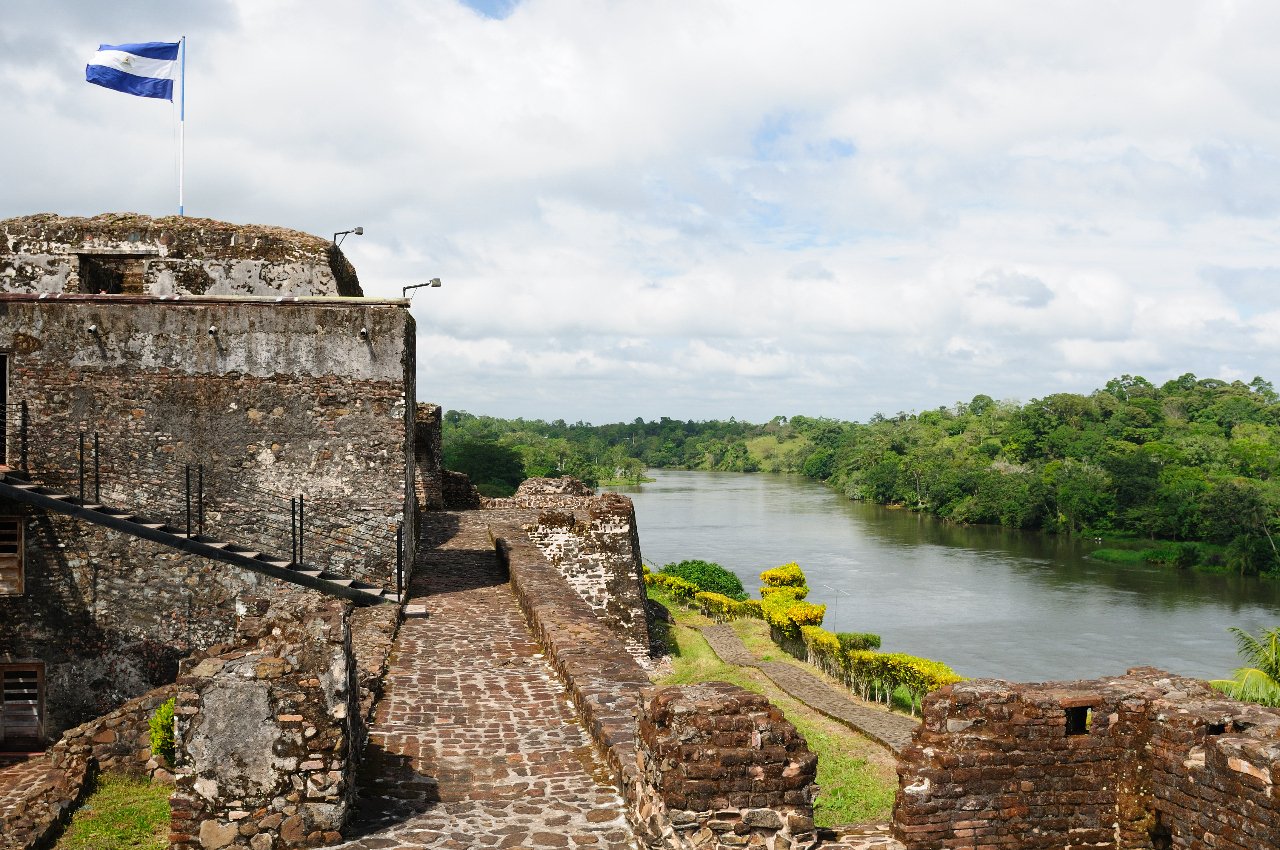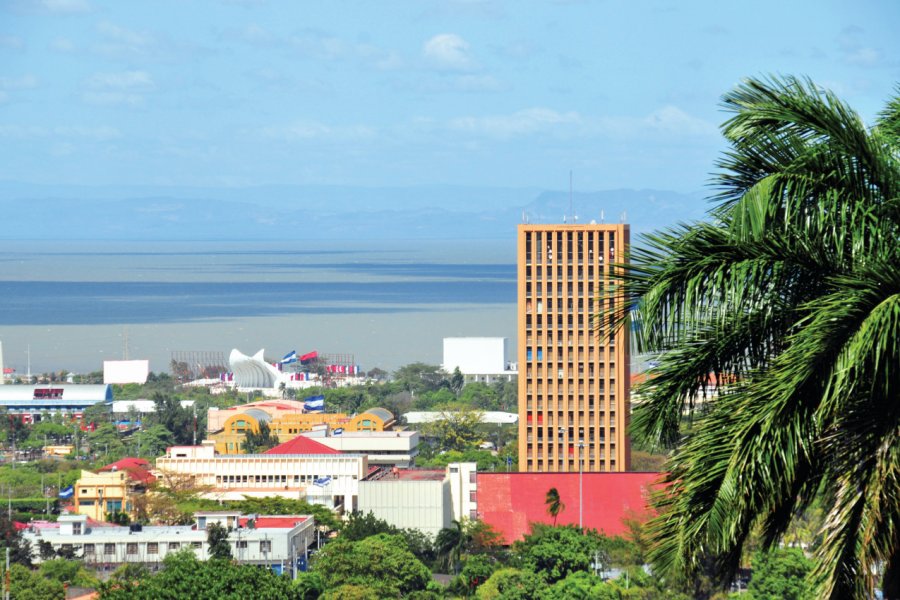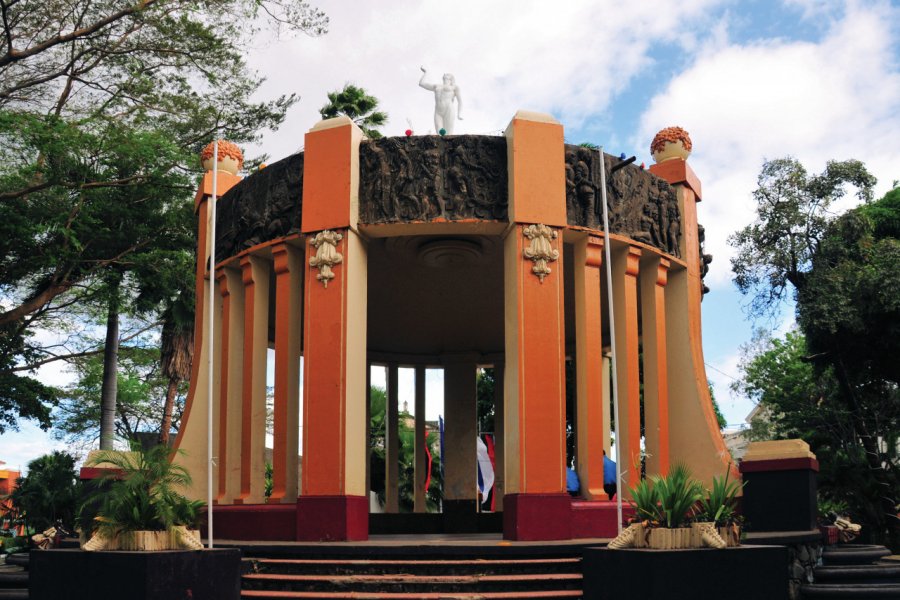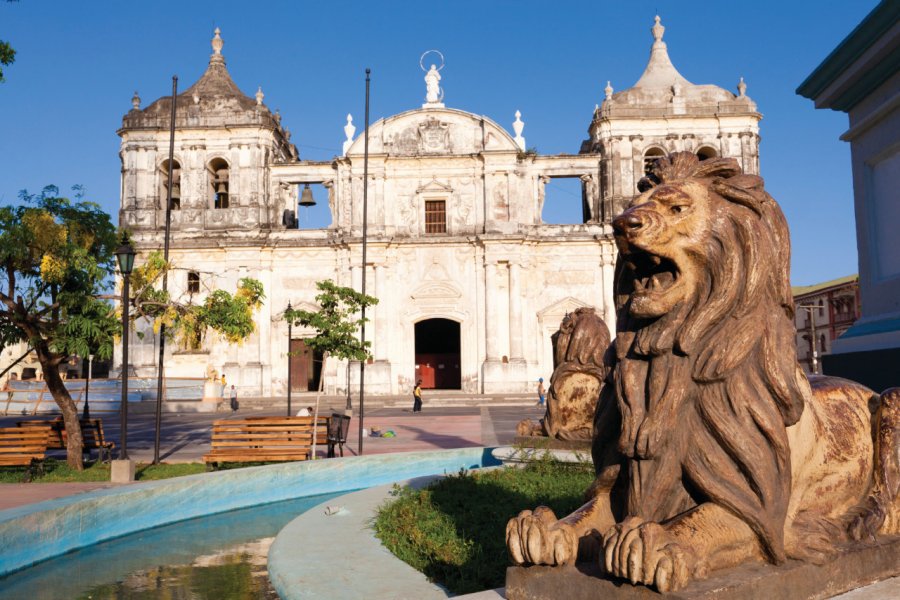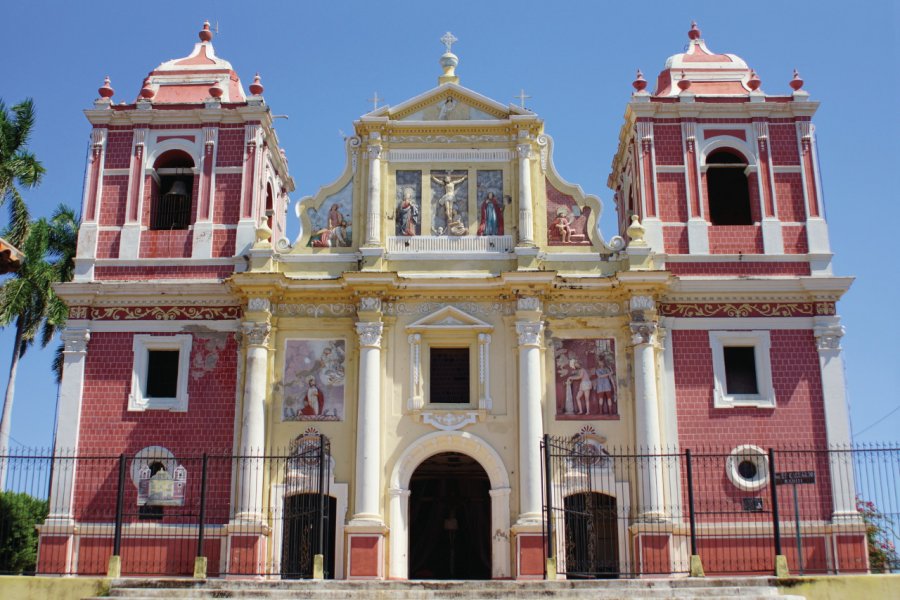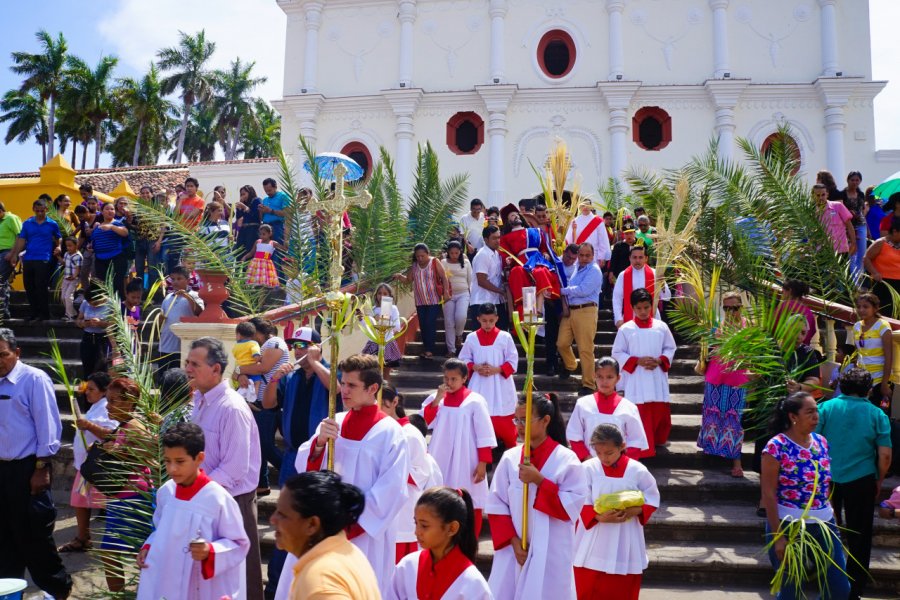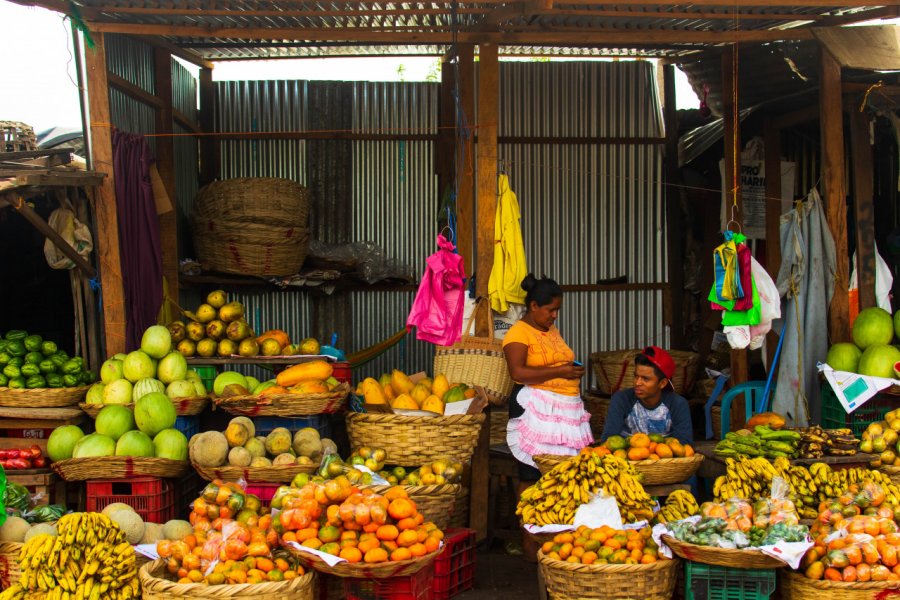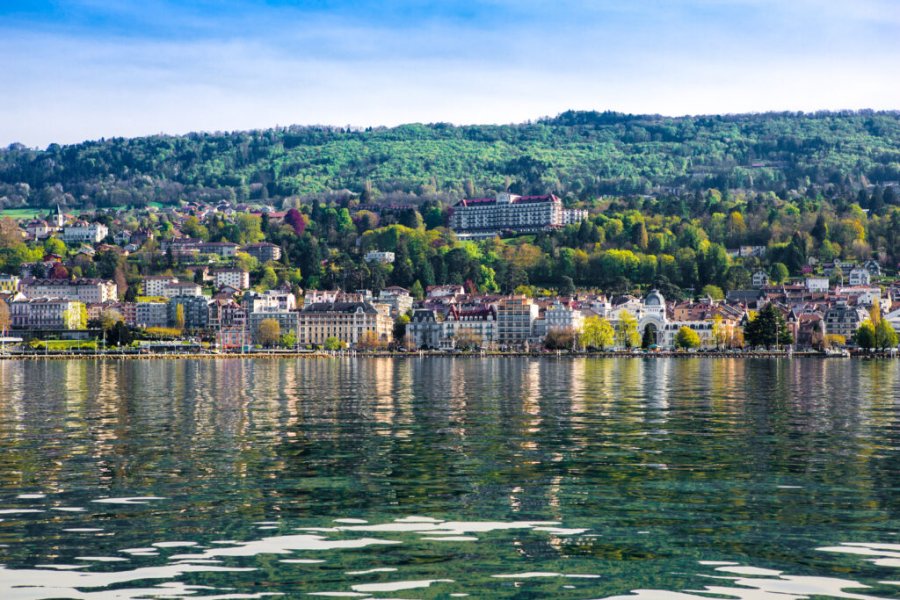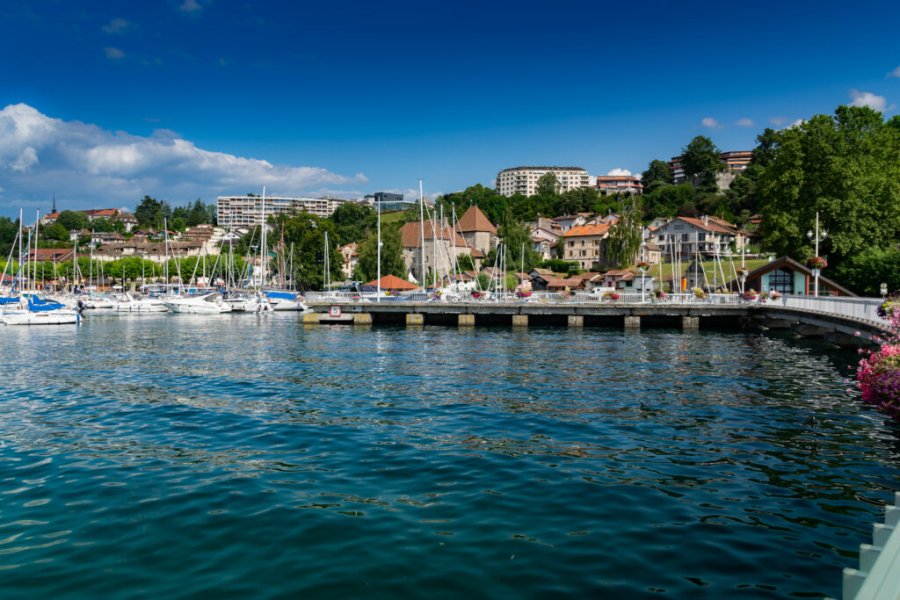Ecotourism off the beaten track
Highlights of the trip
During your stay you can enjoy the following highlights: Culture / Heritage, Faune and flora, Discovery, Adventure / Sports & Leisure.
Best times to go
The best time(s) to go is/are : Printemps, Automne, Hiver.
Where to stay in : Managua ?
The map of your stay "Ecotourism off the beaten track"
Detail of the stay : Ecotourism off the beaten track
How to get there - Managua
At the border with Costa Rica

Steps: San Carlos
To start the stay in style, heading south, to the border with Costa Rica. To make it quick, take an internal flight Managua-San Carlos, or count a day's bus trip, they leave every morning from the Mayoreo market in Managua. Spend the night in San Carlos, go to dinner in one of the small restaurants on the Malecon (by the lake).
By boat on Lake Nicaragua
Steps: Los Guatuzos
Los Guatuzos is a 430 km2 nature reserve on the shores of Lake Nicaragua. It is home to many ecosystems: humedales (wet meadows), lagoons, dry and humid forests. With a little luck, you should be able to meet many iguanas, toucans, turtles, caimans, monkeys, tree jaguars... There are almost as many bird species as there are in Europe as a whole! More than twelve rivers run through the reserve, but the main one is the Rio Papaturro, on which you will sail to access the reserve. Take a group boat early in the morning from San Carlos. There are four or five per week, then count 4 hours of travel.
Exploration of the Los Guatuzos Reserve
Steps: Los Guatuzos
Explore the Los Guatuzos Nature Reserve.
On the Rio San Juan
Steps: El Castillo
Return to San Carlos, and board a group boat on the Rio San Juan to El Castillo (depending on the time of the boats, you may have to spend a night in San Carlos before you can leave the next morning only for El Castillo).
Although not well known to Europeans, the San Juan River is one of the most mythical rivers in the world: a strategic inter-oceanic communication axis, stories of pirates... A trip along its almost 200 kilometres is a very special, timeless experience.
The fortress of El Castillo

Steps: El Castillo
Spend a night in the village of El Castillo. Nestled against its mythical fortress, the village bewitches. Its inhabitants are particularly welcoming (perhaps a legacy of its positioning on one of the most important communication routes between the two oceans before the construction of the Panama Canal). Do not miss the visit of its small, but very well done, museum retracing the history of the river and projects to build an inter-oceanic canal.
Indio Maíz, a nature reserve by the river
Steps: Reserva Biológica Indio Maíz
The Indio Maíz Nature Reserve is one of the best preserved primary forests in Nicaragua, covering a very large area of 3,180 km2! It is a rainforest ecosystem (humid forest, as in the Amazon). You can access it via the Bartola river. Ask in San Carlos and/or El Castillo to plan and book your expedition in advance.
Continuation of exploration

Continue your expedition on the Indio Maíz reserve on the Rio San Juan.
From the Caribbean to Managua

Steps: San Juan Del Norte
Join San Juan del Norte (also known as Greytown), the last city at the mouth of the Rio San Juan on the Caribbean coast. Take a return flight to San Carlos, then to Managua.
At the entrance to Moskitia
Steps: Reserva Natural Macizos De Peñas Blancas
Pass through Matagalpa to reach the Los Macizos de Peñas Blancas nature reserve, 70 kilometres north of the city, which is part of the Bosawás biosphere in Moskitia. Moskitia is a little bit like Amazonia in South America in Central America (much smaller, of course!). It is a natural border that separates the departments of Matagalpa and Jinotega. This reserve, composed of dense humid and cloudy tropical forests (bosques lluviosos and nublados), includes one of the highest mountains in the country, reaching an altitude of 1,745 metres. The places are still little explored, but are gradually beginning to be included in the itinerary of nature lovers. The area is inhabited by many small farms, including coffee and cocoa plantations.
Exploration of the reserve
Go for a walk to explore the Los Macizos de Peñas Blancas nature reserve.
Continuation of exploration

Continue exploring the Los Macizos nature reserve in Peñas Blancas.
Beaches and mangroves of the Pacific coast

Steps: Matagalpa
Travel to León by bus from Matagalpa. Visit this beautiful colonial city before heading to the Pacific coast and Juan Venado Island (access from Las Peñitas beach). It is a large nature reserve that extends over 22 kilometres long and 250 metres wide. With a little luck maybe you will be able to observe turtles (from July to January)? You can sleep on site, the community has organized itself around a community tourism initiative.
Between two volcanoes

Steps: Reserva Natural Padre Ramos
Continue your exploration of Juan Venado Island. Another option is to go north of Leon, towards the Cosigüina volcano (via Chinandega, along the Los Maribios volcanic mountain range). The mangroves of the Estero Padre Ramos nature reserve are the cradle of an incredible biodiversity. For the more sporty, keen on hiking and volcanoes, it is possible to discover many of them, of which Cerro Negro and Telica are among the most popular. We often talk about the Momotombo, but beware, its ascent is considered very difficult and, being always active, its access is often limited.
In the surroundings of Granada

Steps: Reserva Nacional Volcán Mombacho
Last stop on this trip: Granada. The prettiest (and most touristic) city with the colonial architecture of the country. You can walk its streets, but it will be above all a good base to go on an excursion to the surroundings: by boat on its isletas, idleness on the edge of the superb Laguna de Apoyo (large lagoon in the crater of an old volcano), lava show in the evening at the Masaya volcano, walks in the natural reserve of the Mombacho volcano....
